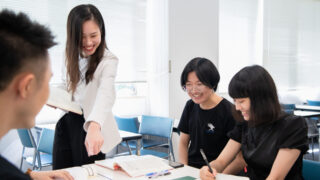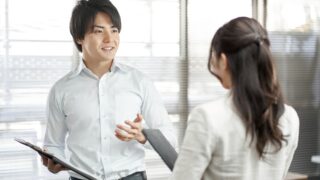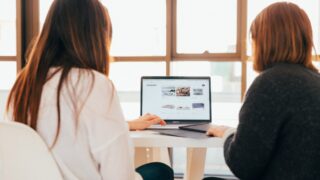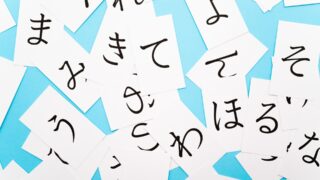
Bryce was born in California, but raised from the age of 3 near Seattle, Washington. He’s been living in Tokyo for about 8 years, and graduated from Temple University, Japan with degrees in economics and international business. He loves traveling of course, but also cooking, snowboarding, some video games as well. His biggest interest is songwriting/music production, more specifically electronic music (think Skrillex, Marshmello, Deadmau5, etc.), officially released under his name, Bryce Crowe. He also has terrible humor as you’ll notice, but he hopes you’ll enjoy it!
This post may contain some affiliate links. When you click through and make a purchase we may receive some commission, at no extra cost to you.
Surely after checking out all of our great recommendations for activities, sightseeing, food, or other opportunities you’re already planning your trip here. Haven’t seen them? Go check them out after you’re done reading this! But if you already have and you’re here to figure out how to get started with learning Japanese, read further and find some great info to help you begin your journey.
- 1. Why you should learn Japanese
- 2. Basic concepts of Japanese
- 3. How to start a conversation in Japanese
- 4. Useful Japanese phrases for hotels
- 5. Useful Japanese phrases at restaurants
- 6. Useful Japanese phrases for work
- 7. Interesting facts about the Japanese language
- 8. Best ways to learn Japanese
- 9. Japanese language schools
- 10. Taking the JLPT(Japanese Language Proficiency Test)
- Japan Wonder Travel Tours
- Other articles you might be interested in
1. Why you should learn Japanese

If you want to live in Japan, it’s no question that being able to speak Japanese will increase almost any aspect of your life there. In some social settings it could be said that fumbling your way through a conversation may be endearing and grant you a bit of attention that the fluent speakers may not get. In general, some endeavors will be a bit easier because a kind individual sympathizes with your lack of fluency and will guide you along. But, these scenarios are truly not sustainable in the long run, and the benefits of understanding and conveying yourself in Japanese far outweigh these temporary graces whether you’re there for 5 weeks or 5 years! Being able to take yourself on adventures, speak with locals, find things off the beaten path, and to be independent overall will significantly increase your enjoyment in Japan. And if you want an impressive job, speaking Japanese at a business level makes it many times easier to land!
2. Basic concepts of Japanese
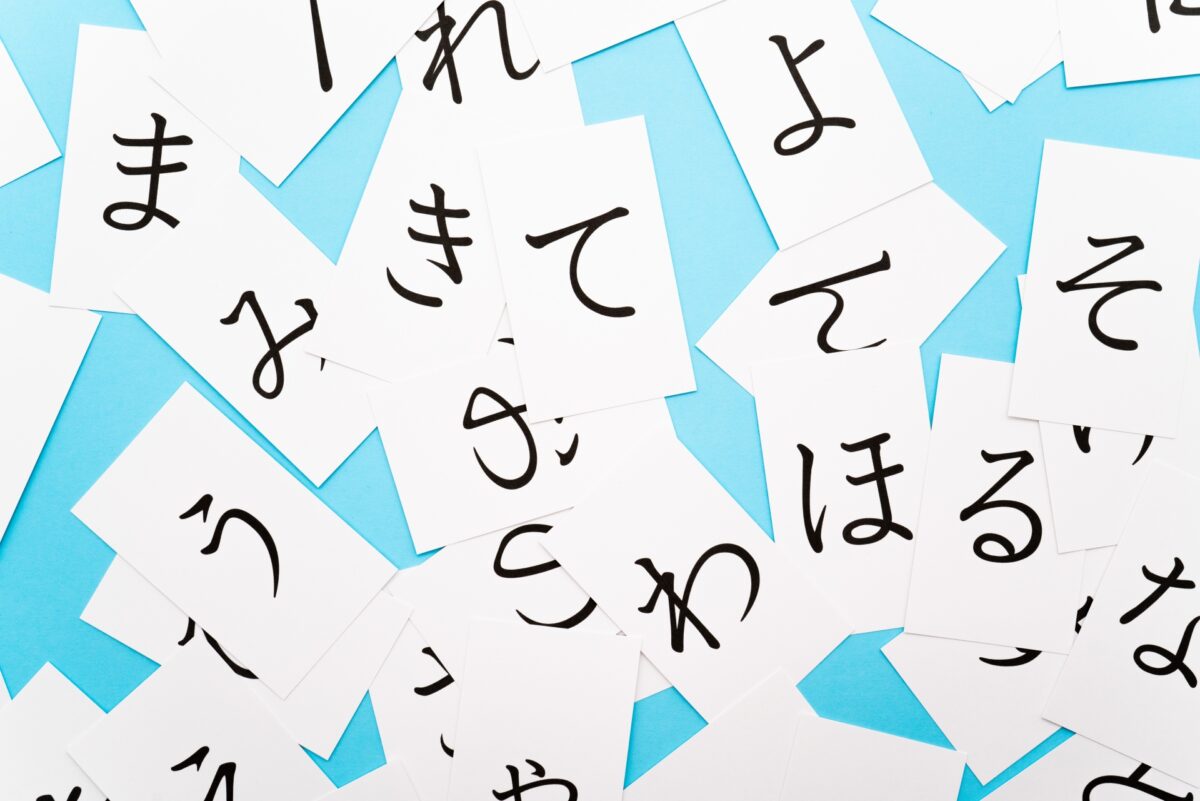
Let’s assume that you will be learning Japanese as an English speaker, take note of the primary differences and important points you’ll be focusing on at the beginning. Firstly, compared to just the one alphabet for English, Japanese has three! Shocking, right? Not only do two of them have 46 characters each, but one has a whopping 49,000. Respectively, they are called Hiragana, Katakana, and Kanji. The first 2 are phonetic and don’t exactly carry meaning on their own, while Kanji all have their own meanings, hence the amount. But dont worry- not even native speakers know even close to all of them! To reach a solid level of fluency, you’ll “only” need to know about 2,000.
Another thing you may notice right off the bat is the generally backwards or highly rearranged (in comparison to English) sentence structure; words at the end of English sentences often are found at the beginning of Japanese ones. And surely you speak to your boss a bit differently than your best friend, but it’s just a matter of word choice and tone that’s relatively loosely defined. In Japanese, the levels of politeness are very clearly separated/defined and have their own names, such as Keigo which is used for speaking to superiors or customers. Unfortunately, further summarizing it wont yield any significant results, so go ahead and take your first step and check out the basics in more detail!
3. How to start a conversation in Japanese

Keigo is also a good way, if not the main way, to begin interactions or first-time meetings. Basically, it’s common to start things off by being polite to each other- sounds pretty standard for most cultures! So, to maintain this in Japanese, you can do this by selecting the right words for the occasion while also being very mindful of your body language. Shaking hands is much less common (perhaps mainly in international business interactions) and is something to allow a Japanese person to initiate; the common gesture is bowing, as you may already know!
While situations can vary, “sumimasen”, which is a very polite and somewhat apologetic way to say “excuse me”. Keep in mind, this is not the direct translation (as are a multitude of other phrases); it is more to convey humbleness and to not be a bother and be polite. This is moreso used if you might have a follow-up statement or question. “konnichiwa” is the standard greeting for hello and is also polite but a bit more friendly. “ohayou” and “konbanwa” are the morning and evening equivalents, respectively. To learn a bit more about how to use these phrases, check out this article that offers more detail!
4. Useful Japanese phrases for hotels
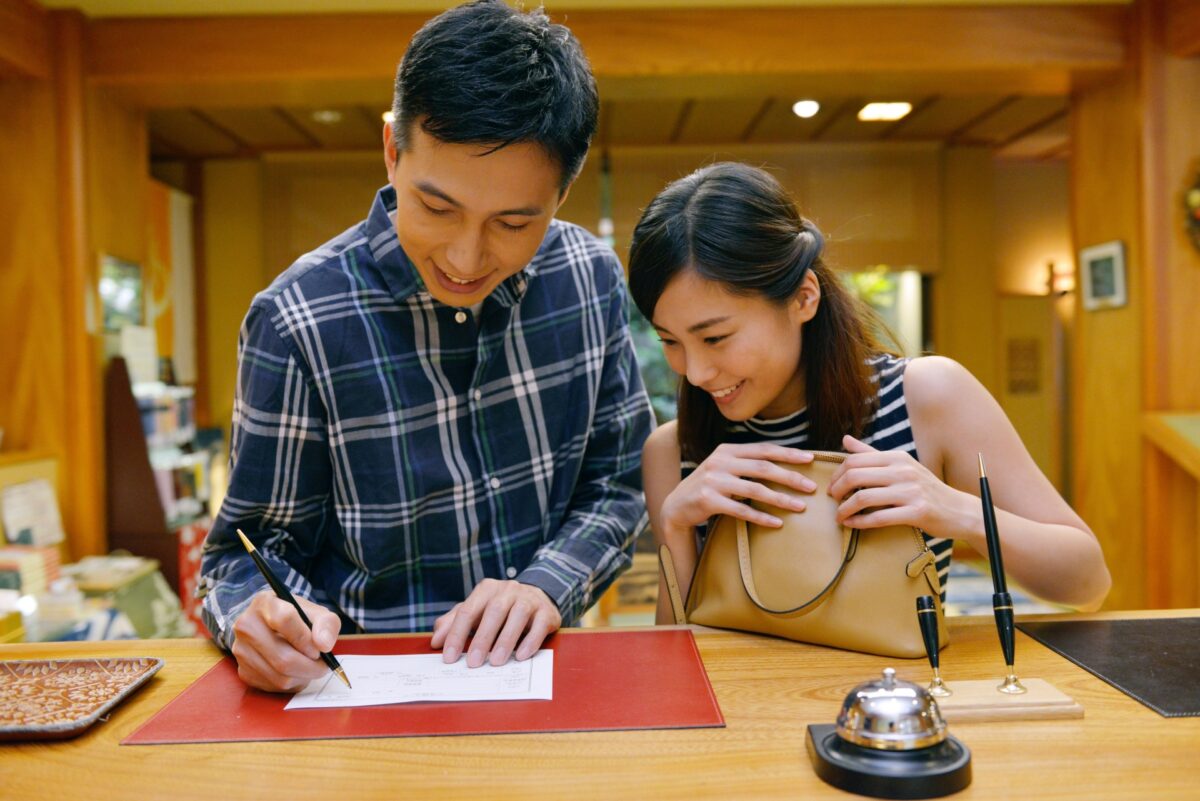
So, let’s take a look at some examples of phrases in context now that we’ve got some of the essentials noted down! This would certainly be a good opportunity to make use of “sumimasen” to preface your phone call or begin talking to the staff at the front desk! We have a great article that goes in depth about common phrases you’ll want to know before you head to your hotel or Ryokan, but let’s take a look at some examples.
Making a reservation can be daunting on the phone, but so many online services bypass this so lets focus on checking in. You’ll notice that Japanese actually uses a lot of words from English and other languages, and this is a good example. To check in you’ll say: “Chekku in wo onegai shimasu”. Japanese uses “I”, “me”, “we” quite a bit less than English, so this phrase literally means “do check in please”. And as you may have already guessed, to check out you would say “Chekku auto wo onegai shimasu”. There are plenty of other phrases you’ll want to know of course so be sure to check out that article!
5. Useful Japanese phrases at restaurants

Moving on to another situation where you’ll be using “sumimasen” even more: dining at restaurants. Why more? Well, it’s the primary word to call the staff over to your table or get their attention to take your order. While in some English speaking countries it may be expected that your waiter/waitress will check in on you periodically, this is often not the case in Japan; if you need something, just call them over! It may seem rude and you’ll be surprised by the stage fright you’ll get when having to shout “sumimasen”, but it’s not rude and you’ll get used to it. Head over to this article to learn more useful phrases for asking where the toilet is, what kind of food is offered, and how to order!
6. Useful Japanese phrases for work

This article goes over a few words and phrases we’ve already touched on so far in a work setting; it’s very useful and if you plan to work in Japan you’ll want to know how to use these, even if they dont require you to know Japanese. One particular phrase we haven’t gone over yet and is arguably the most important for a work setting is “otsukaresama”. This is another Japanese word that has no direct translation, but it is primarily used after the day’s work is done and basically means “you must be tired [from working so hard]”. You can use it for yourself and towards others, and you definitely should!
7. Interesting facts about the Japanese language
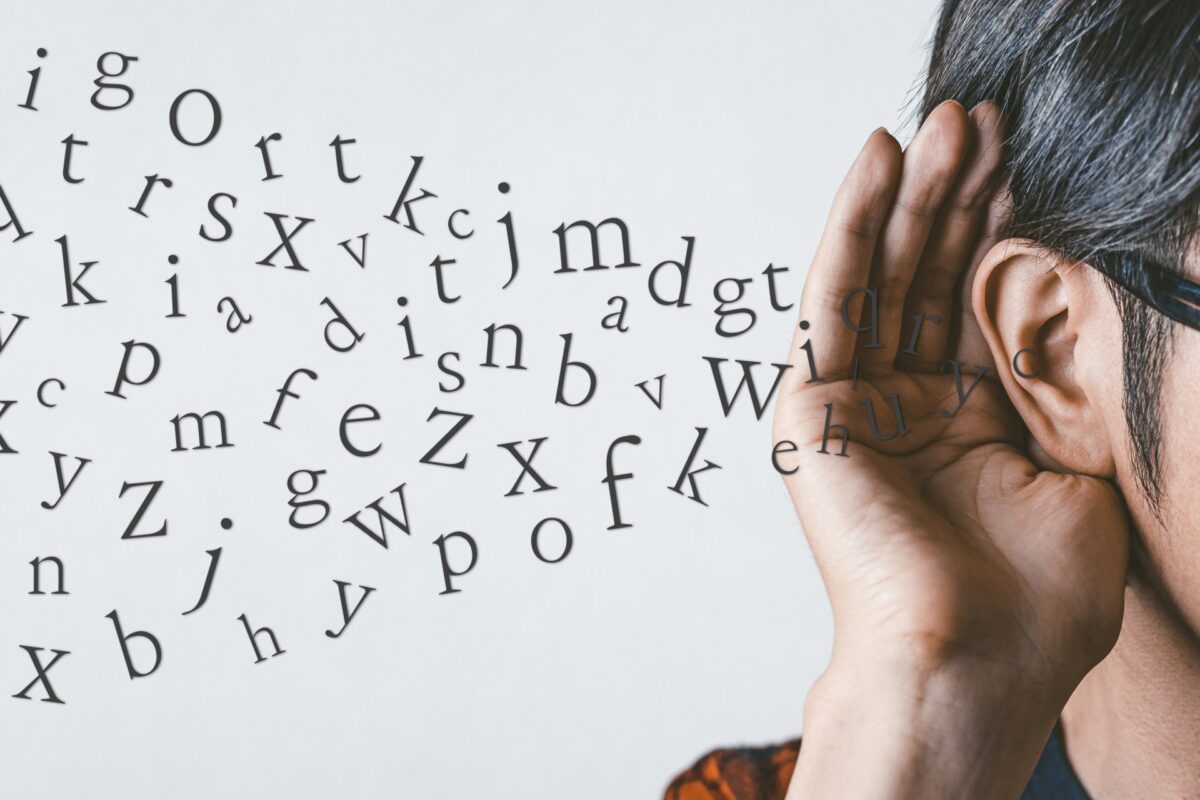
Where do we begin! Japanese is quite the language; as if 3 alphabets wasn’t enough! Some other notable facts about Japanese that aren’t right in front of your eyes (or ears) can be found here, but let’s touch on a couple. The amount of onomatopoeia is incredible, and surprisingly useful. Despite sentences often omitting “I” and similar words, there are many different ways to refer to yourself and often carry your intended tone. And the most “fun” fact: there are no plurals! But there is a way around this… just wait!
8. Best ways to learn Japanese

Now that you know a little more about the Japanese language, you are probably wondering how to best learn it. Well there are a number of answers to that question, and it can often depend on what your main objective for learning the language is. Of course everyone will learn differently and have their own best methods for studying, but we highly recommend joining a language school to get the most out of your studies in the shortest period of time. Find out more about the best language schools in the next section.
9. Japanese language schools
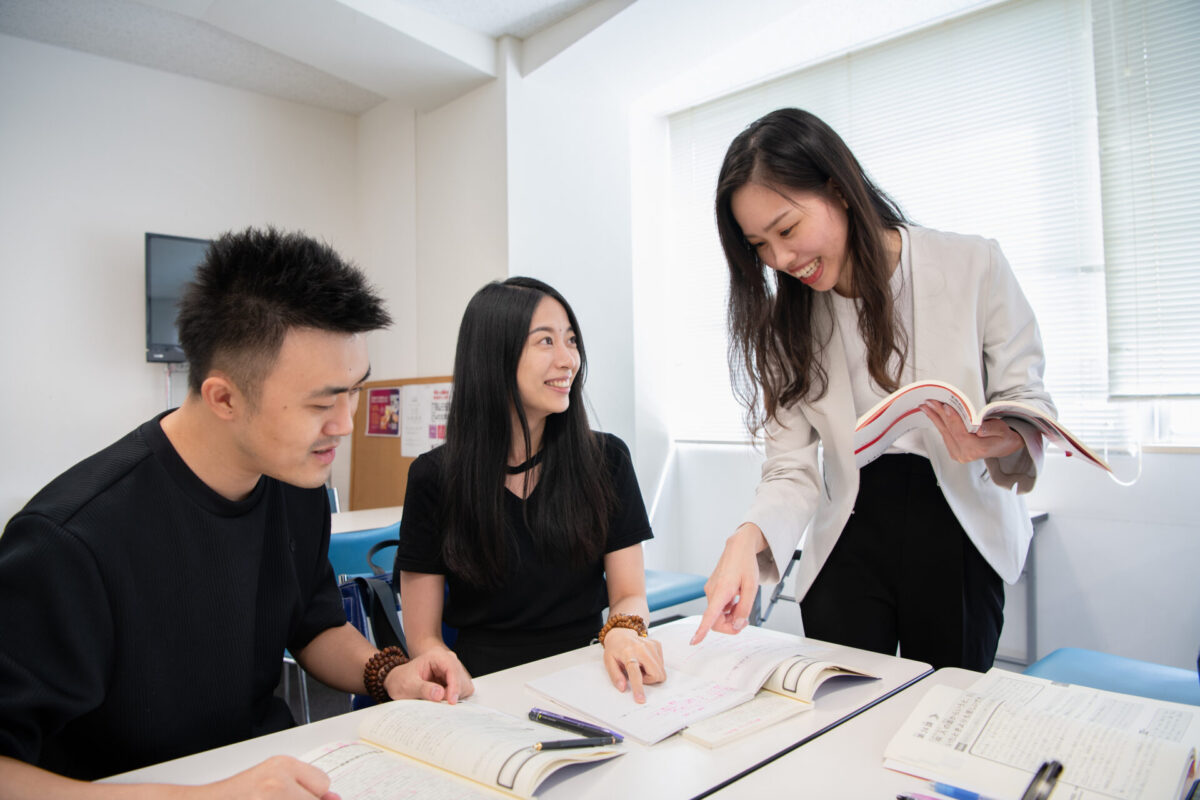
Even though you can find a lot of information and ways to learn Japanese here on our site, you’ll have the best results with your Japanese studies by attending a Japanese language school. This will give you the best opportunity to truly immerse yourself in the language and improve your skills at a rapid rate. There are plenty of great schools around and we have a great list of recommendations for you! Be sure to check them out and find one that suits your needs.
Sign up now: Tokyo Central Japanese Language School Classes
10. Taking the JLPT(Japanese Language Proficiency Test)

If you have already started studying Japanese, chances are you’ve heard of a test called the JLPT, or Japanese Language Proficiency Test. For those of you who haven’t, it’s the most well known and recognized test for foreigners studying Japanese or looking for work in Japan among other things. The test is given in 5 different levels of difficulty, from N5 to N1, with N1 being the hardest. Find out all about the test and the best ways to study for it with our article here.
Japan Wonder Travel Tours
Japan Wonder Travel is a travel agency that offers guided tours throughout Japan.
From private walking tours to delicious Food and Drink tours, we can help you organize the best tours just for you! If you want to explore Japan and learn more about the history and backstories of each area you are visiting, our knowledgeable and friendly English speaking guides will happily take you to the best spots!
In addition, we can provide you with any assistance you may need for your upcoming trip to Japan, so please feel free to contact us if you have any questions or need some help!
▶Tokyo Tsukiji Fish Market Food and Drink Tour
Explore the most lively and popular fish market in Tokyo and try some of the local’s favorite street foods and sake with one of our friendly and knowledgeable English speaking guides!

▶Tokyo 1–Day Highlights Private Walking Tour (8 Hours)
There’s no better way to explore an area than taking a tour with a knowledgeable local guide. You will have the chance to learn about the history and interesting background stories of Tokyo, as well as discover some hidden gems which can be hard to do without a guide.

▶Mt. Fuji Day Trip Bus Tour from Tokyo
Experience the breathtaking views of Mt. Fuji by visiting the highlights of the area on our guided sightseeing bus tour! Departing from Shinjuku in central Tokyo, you can travel comfortably to all of the best spots in the area by bus.

▶Kyoto Private Full Day Walking Tour
On this full-day private tour of Kyoto, you will be able to see the highlights of Kyoto in just one day and at the same time develop a deeper understanding of both the culture of the area and Japan as a whole.

Follow us on Instagram, Facebook, Twitter, and TikTok for more travel inspiration. Or tag us to get featured!
Happy traveling!
Stay informed of the best travel tips to Japan, the most exciting things to do and see, and the top experiences to have with the Japan Wonder Travel Newsletter. Every week we will introduce you to our latest content.

